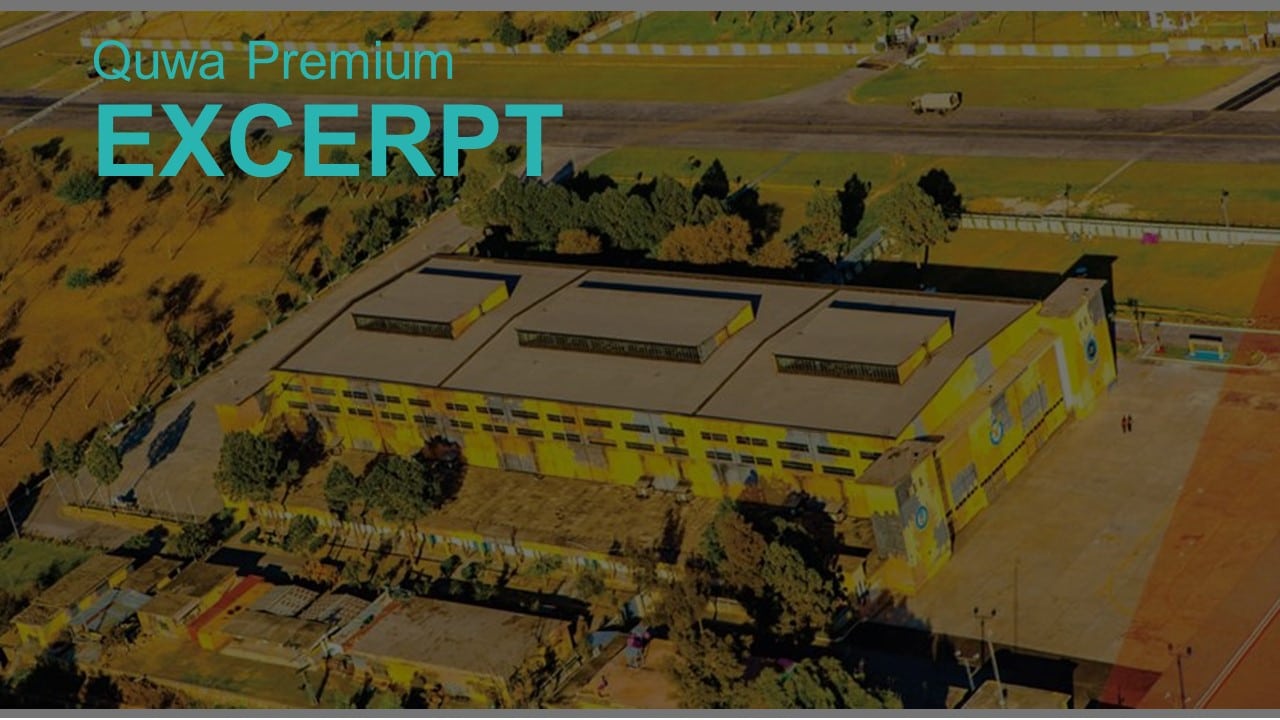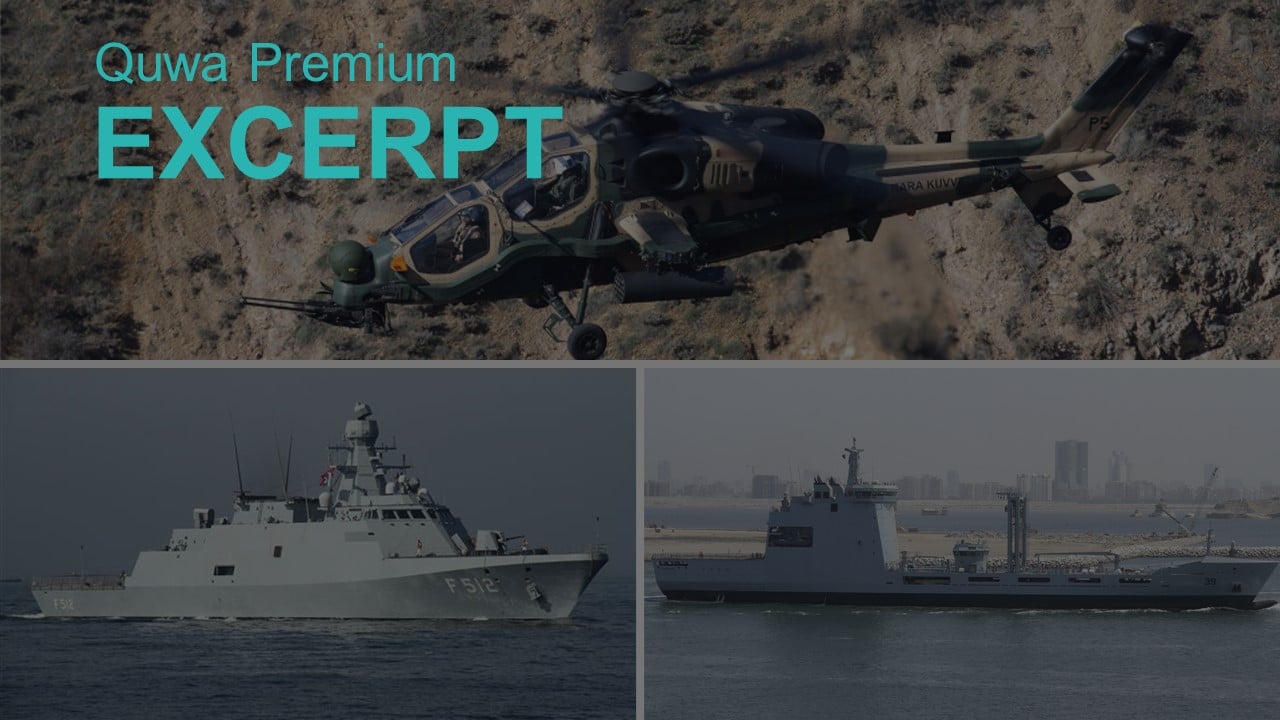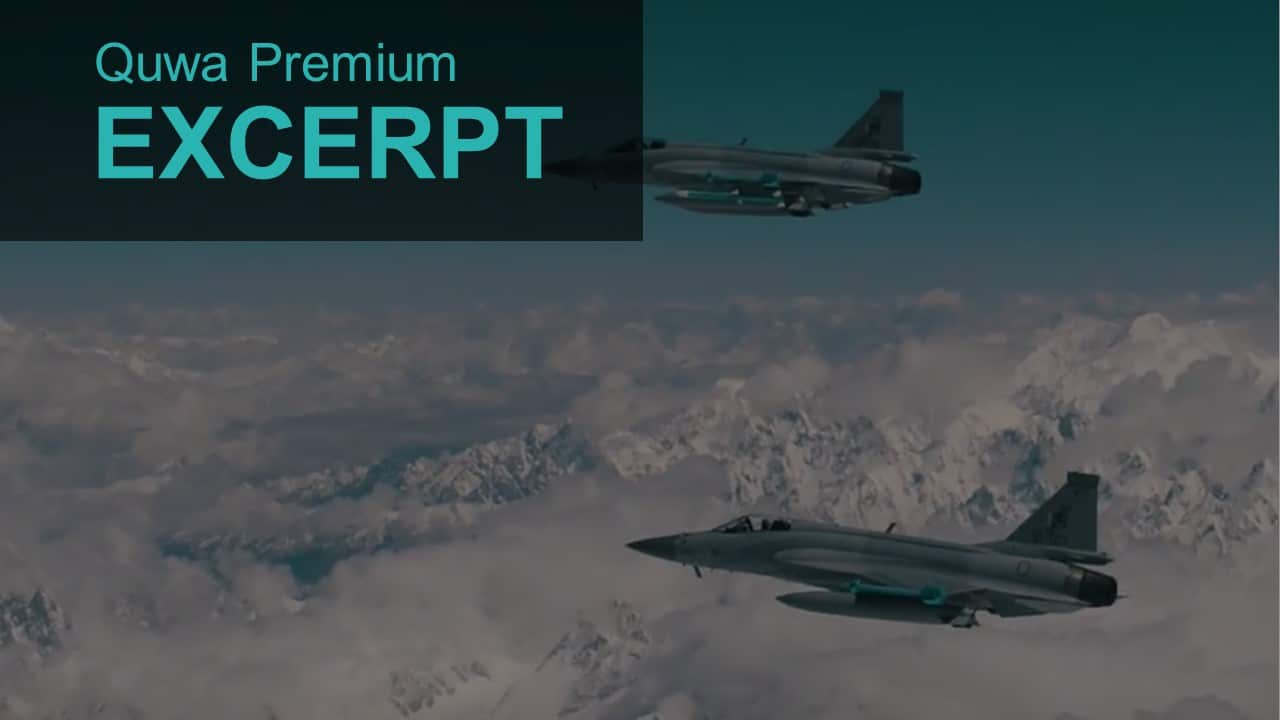2022Views

How To Establish a Flight Dynamics and Control Institute at PAC Kamra
Author Profile: Syed Aseem Ul Islam is PhD candidate at the University of Michigan, Ann Arbor, USA, specializing in adaptive and model-predictive flight control systems. He received his bachelor’s degree in aerospace engineering from the Institute of Space Technology, Islamabad, and his master’s degree in flight dynamics and control from the University of Michigan.
In a previous article we examined the importance of a lynch-pin technology that is flight dynamics and control (FDC). We analyzed all the ways in which expertise in this area manifests itself in aircraft and munitions programs. We ended the previous article with the assertion that the establishment of a Flight Dynamics and Control Institute (FDCI) is the need of the hour.
In this article, we will attempt to outline broad goals of this FDCI, and the ingredients needed to establish such an institute keeping in mind various practical aspects.
We will examine the objectives of the FDCI and discuss how to achieve those objectives.
Note: this is not an exhaustive list, but a list of key tasks for which FDCI is needed.
Part One: Why PAC Needs In-House Development of Flight Control Systems | Read More
Developing, Instrumenting, and Operating Wind Tunnels
Wind tunnels are often large, building-sized devices used to model aerodynamic flows that a flight vehicle may experience without having to build and fly an actual prototype.
Scale models are tested in wind tunnels to verify predictions made using aerodynamic models and computational fluid dynamics (CFD) simulations. This is needed as airflow around flight vehicles is a complex phenomenon that can only ever be approximated, and never exactly modeled.
Therefore, physical experiments are always needed to investigate and verify predictions made by theory. Furthermore, data from wind tunnels is used to construct accurate mathematical flight models for flight vehicles. This is done by measuring constants called “stability derivatives” that quantify how the aircraft behaves in flight… [end of excerpt]
Building Scale Models
Any aerospace setup needs a scale model construction facility. Scale models are of two broad kinds: scale models used in wind tunnel testing, and scale flight models used for flight tests.
Wind tunnel testing requires accurate models of flight vehicles and even small parts of the flight vehicles separately. Most wind tunnel tests are done primarily to measure the aerodynamic flows, and are thus, not about quantifying structural and dynamic effects… [end of excerpt]
Developing Computational Fluid Dynamics and Reduced Order Models
It is often expensive and time-consuming to test every configuration and condition for a flight vehicle in a wind tunnel. Therefore, computational fluid dynamics (CFD) based models are developed in conjunction with wind tunnel testing programs… [end of excerpt]
Developing Control Systems for Aircraft Subsystems and Munitions
Arguably the most important role FDCI will have is the development of control systems for all the sub-projects envisioned under Project Azm. Consider for example the high-speed target drone project currently being undertaken at PAC. This is essentially an autonomous aircraft that needs to fly pre-programmed mission profiles…[end of excerpt]
Developing Flight Hardware
The process of control systems design also involves developing the requirements for sensors, processors, and actuators. Software must be written to implement the envisioned control system on the hardware…[end of excerpt]
End of Excerpt (478/2,282 words)
You can read the complete article by logging in (click here) or subscribing to Quwa Premium (click here).
Get the Latest News and Insights on Pakistan’s Defence Activities:
- Pakistan to Receive VT4 Main Battle Tanks From China
- Germany Approves Arms Worth $194.35 Million US to Pakistan
- Pakistan Will Consider Chinese Z-10ME Attack Helicopter
- Pakistan Navy Starts Program for New Anti-Submarine Warfare Aircraft
- JF-17 Block-III Will Use KLJ-7A AESA Radar
- and more.
Get unlimited access to the only defence news library dedicated to studying the Pakistani military. | Open Your Quwa Premium Account Today


